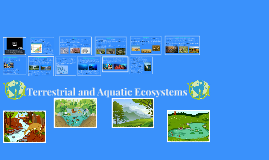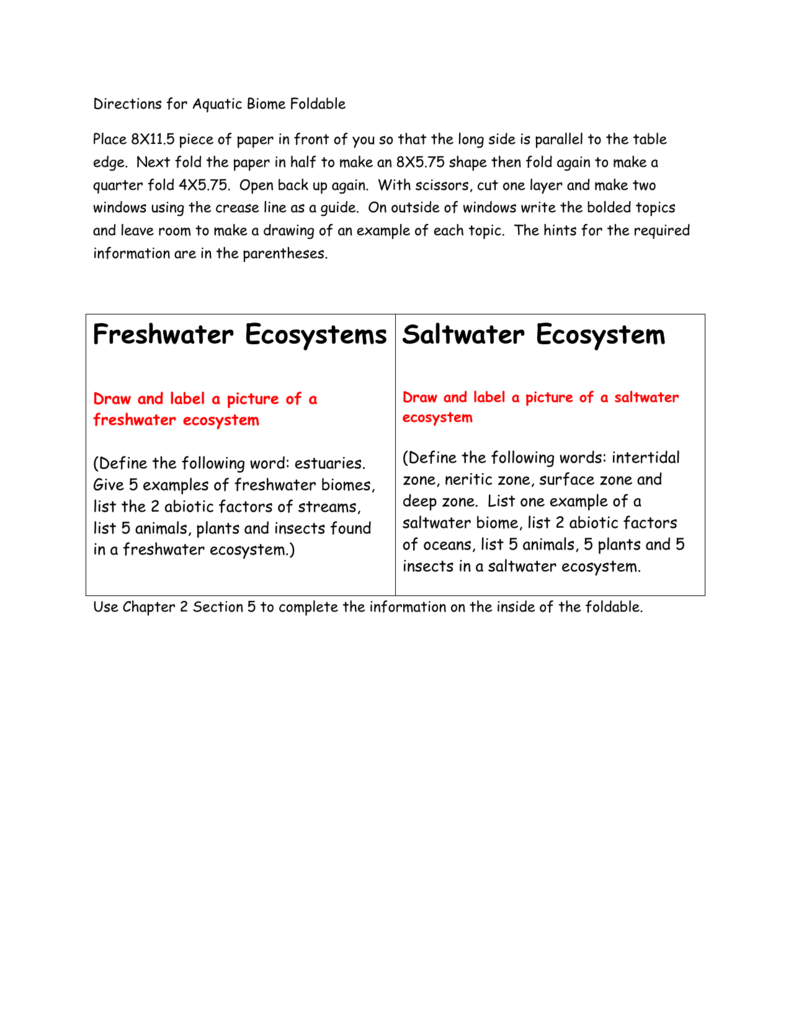

Rivers are also closely associated with scenic and recreational values, especially waterfalls, swimming holes and rapids used for rafting.

For example, run off from upland agriculture affects the Great Barrier Reef. The linear nature of aquatic ecosystems means that they also have the capacity to move and accumulate threatening processes such as siltation and pollution across large distances. Aquatic ecosystems also have special qualities such as their linear connectivity across the landscape and the inherent variability of water flows. However Regional Ecosystems do not adequately accommodate larger, linear water bodies such as rivers, lakes, dams and estuaries. Regional Ecosystems incorporate many types of aquatic ecosystems and their specific vegetation such as mangroves, melaleuca swamps, wetland grasses and some riparian vegetation. Climate change is already stressing many freshwater species by warming water temperatures, shifting streamflow regimes, increasing extreme events (e.g., floods. Freshwater systems are a preferred habitat for 30 frog species, 16 reptile species and 73 bird species. For instance, 80 of the 190 species of Australian freshwater fish can be found in the Wet Tropics. Wet Tropics freshwater systems contain extremely rich biodiversity. There are 30 wetlands of national significance identified in the Wet Tropics bioregion. The bioregion is drained by 13 major river systems, most of which drain eastward into the Great Barrier Reef World Heritage Area and are linked to marine ecosystems there. These aquatic values are shared with the adjoining Great Barrier Reef World Heritage Area. Some freshwater species such as barramundi and eels spend parts of their life cycle in the marine environment. The Area's boundary goes to the low water mark. Small areas of the World Heritage Area may also include marine species in the mangrove and estuarine systems and marine mammals such as turtles nesting on the dunes above the beach. The majority are freshwater ecosystems, but coastal mangrove communities and estuarine systems support both freshwater and saltwater ecosystems. Beavers can even create wetlands by building dams on rivers and streams.The Wet Tropics World Heritage Area has a huge variety of aquatic ecosystems - fast moving streams flowing from mountaintops, rapid rivers cascading through gorges and over waterfalls, meandering coastal rivers and associated wetlands, mangrove communities and estuaries. Water can seep through the cracks between these rocks, and it can dissolve limestone.

Bedrock is made of different types of rocks like granite, sandstone and limestone. Wetlands, areas where the land is covered with water most of the time, often form in the land surrounding rivers that flood, or in areas where groundwater seeps up through the bedrock underneath the soil. Rivers are created when melting snow or ice runs down mountains, following the grooves and channels of the land on the way to the sea-rivers always flow to an ocean. If the land collapses into the empty crater, it leaves holes that can turn into huge lakes. And sometimes when a volcano erupts, all the magma flows out. Others were created when Earth’s crust shifted, leaving grooves and ridges to catch water. Many appeared after glaciers moved across Earth during the last ice age, between 12,000 and 1.8 million years ago, and left giant bowl-shaped hollows in the land that filled with rainwater and runoff. Lakes are formed by different acts of nature.


 0 kommentar(er)
0 kommentar(er)
